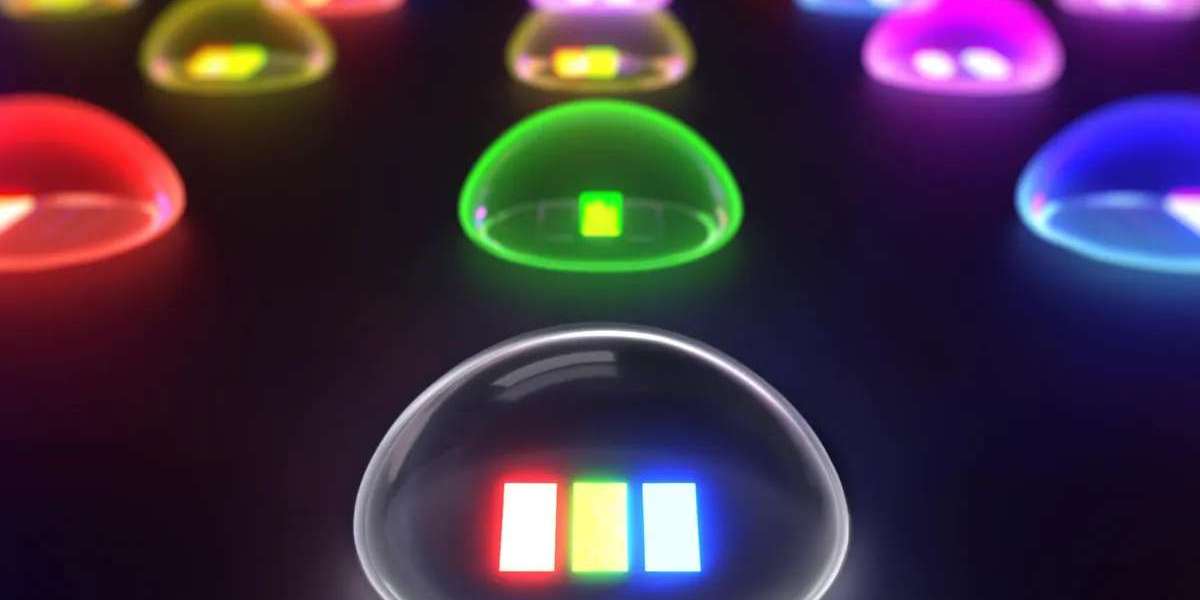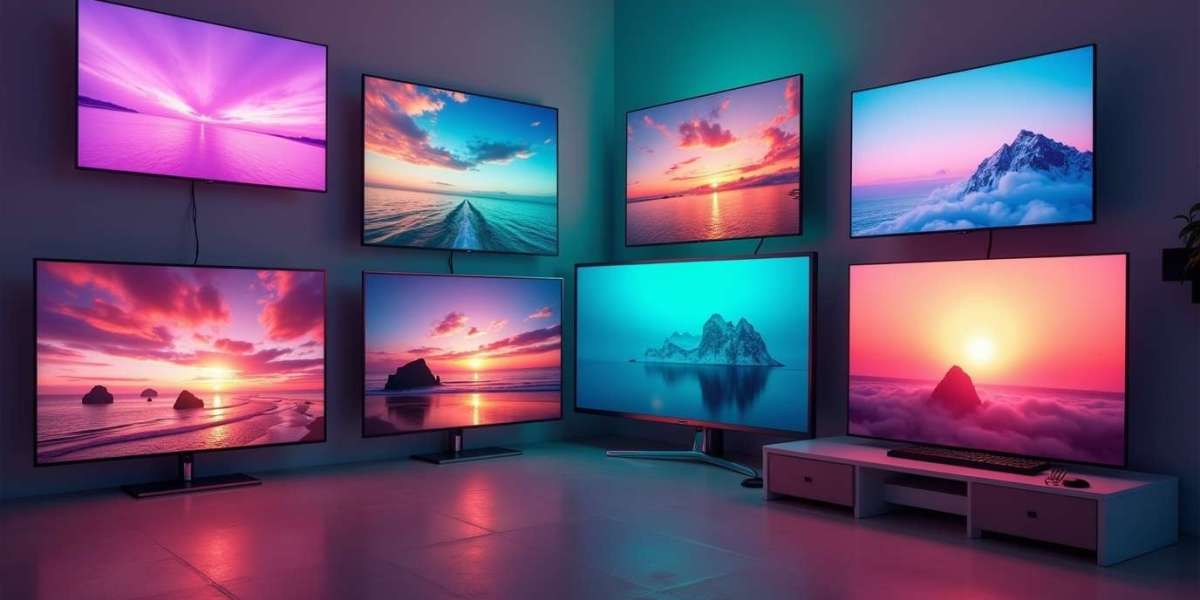What is RGB Mini-LED and how does it work?
In the realm of display technologies, there's always something new and innovative on the horizon. In recent times, one of these emerging technologies that have garnered much attention is RGB Mini-LED. In this article, we aim to shed light on what an RGB Mini-LED is, how it works, and why it’s a game-changer in display technology.
What is Mini-LED?
Before diving into the specifics of RGB Mini-LED, it is essential to understand what Mini-LED is. Mini-LED is a type of LED (short for Light Emitting Diode) backlighting used in TVs and monitors which offers higher contrast ratio, wider color gamut, and higher peak HDR brightness compared to traditional LED-backlit displays.
The term "Mini" comes from their smaller size – Mini-LEDs are less than 0.1mm in diameter, significantly smaller than regular LEDs. This allows many more to be packed into a screen, enabling precise control over smaller areas of the screen, and dramatically increasing the number of local dimming zones.
Understanding RGB and RGB Mini-LED
RGB stands for Red, Green, and Blue - the primary colors in lights which can be combined in various ways to produce a wide array of colors. An RGB Mini-LED simply refers to the use of red, green, and blue mini-LEDs. In the world of display technology, RGB LEDs have been utilized to enhance image quality, color accuracy, and overall visual experience.
How does RGB Mini-LED work?
RGB Mini-LED works by leveraging the full array local dimming (FALD) technique. This involves grouping several Mini-LEDs together into zones that can be dimmed or brightened independently of each other. The use of multiple zones of small LEDs allows for more precise control of the backlight, decreasing light bleed and increasing contrast ratio.
Each Mini-LED within these FALD zones can emit red, green, or blue light. By controlling the brightness of each individual red, green, and blue Mini-LED, these displays can mix their light to create any color in the spectrum, including white. This rich range of color from these abundant light sources gives an RGB Mini-LED display a higher color accuracy and a broader color gamut than a traditional LCD display.
The Advantage of RGB Mini-LED
RGB Mini-LED technology touts a handful of significant advantages over traditional display technologies like increased brightness, better color accuracy, reduced light bleed, and a higher contrast ratio. Moreover, due to smaller size, it also enables slimmer and lighter products.
RGB Mini-LED's can provide brighter whites and deeper blacks, a significant advantage for HDR content. Also, since the display’s color is controlled at the light source, rather than by manipulating it through color filters, it results in a significantly more accurate and vibrant color representation.
Conclusion
All in all, RGB Mini-LED is a powerful new player in the realm of display technology. Offering distinct advantages in brightness, color accuracy, and contrast ratio, it represents a significant step forward in creating more visually stunning and immersive viewing experiences. As it becomes more prevalent and affordable, it’s reasonable to anticipate a future where RGB Mini-LED is the standard choice for most display needs.







